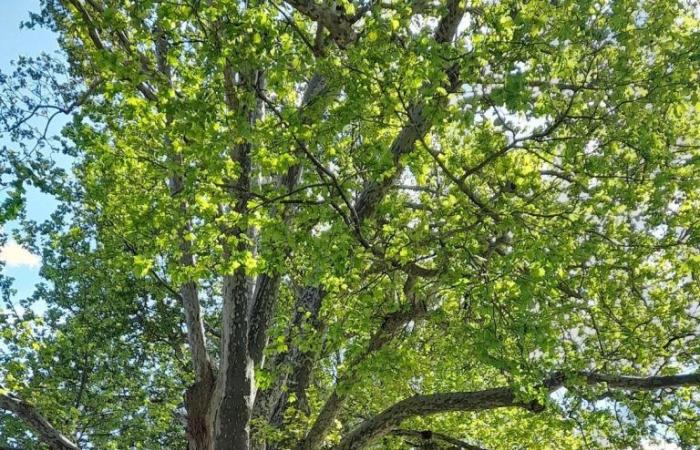Two hundred and ninety-three trees belonging to 48 species and 96 different varieties: these are the numbers of plantings since the beginning of the year 2024. In particular, 78 plants have been planted in the historic gardens of Piazza Dante and the Garbari garden, where it was thus possible enrich and preserve the continuity of the present botanical collection.
The other trees planted represent additions to the almost twenty thousand plants present in the municipal urban areas, with a particular search for species of aesthetic interest, but suitable for the context, resistant to temperatures and diseases. It was also planned, where possible or necessary, to ensure the plants an adequate volume of planting soil and water assistance for at least a year in order to take root.
The plantings represent one of the interventions envisaged by the ministerial financing for adaptation to climate change, which also allowed the purchase of shades and the implementation of awareness-raising activities linked to climate change and the ecosystem services provided by urban greenery to citizens .
Thanks to the same call, the Parks and Gardens Office in collaboration with the company Talking Nat and the scientific supervision of Professor Nicola La Porta of the Mach Foundation, has created seven podcast episodes that tell about some of the city’s trees and that will be made available on the platforms of the Municipality of Trento. Through a dialogue between characters, it will be possible to learn about Ginkgo, Plane, Elm, Lime, Horse Chestnut and Paulownia and the history that brought them to the city, with particular attention to the specimens present between Largo Pigarelli and Piazza Venezia.
On an experimental basis, in August 2023, a survey of 711 trees was carried out in Trento, together with some other Italian cities (Padua, Parma, Merano), for the creation of their digital twins. Through artificial intelligence, it was therefore possible to recreate a 3D photocopy of the plants, which allows to evaluate their state of health and to calculate in extreme detail all the ecosystem parameters that can be useful. These are real “clones” that show all the characteristics of the plants and their position, and which in the future will therefore be able to monitor their state of health and establish any necessary interventions.
The Municipality of Trento already has a tree census, which responds to a specific regulatory obligation: the census, carried out through a cataloging and mapping of municipal trees, also provides for the recording of all checks and care interventions. This database was used to feed a model on an open access platform (I Tree) which allowed the calculation of some parameters that measure the benefits that trees offer to our health: from the first calculations approximately 5,450 tonnes of CO2 were stored, mainly due to the increase in global temperatures, removed 4.67 tons/year of pollutants (micro dust), produced approximately 200 tons of oxygen per year, retained approximately 5,171 cubic meters of rainwater per year, a very important factor for limiting the runoff phenomenon and to ensure greater safety for the city.
These analyses were conducted as part of the preparatory work in the European project Selina, and will be a basis for the strategic choices of the Green Plan on the future of public greenery in the city.
For Latest Updates Follow us on Google News



